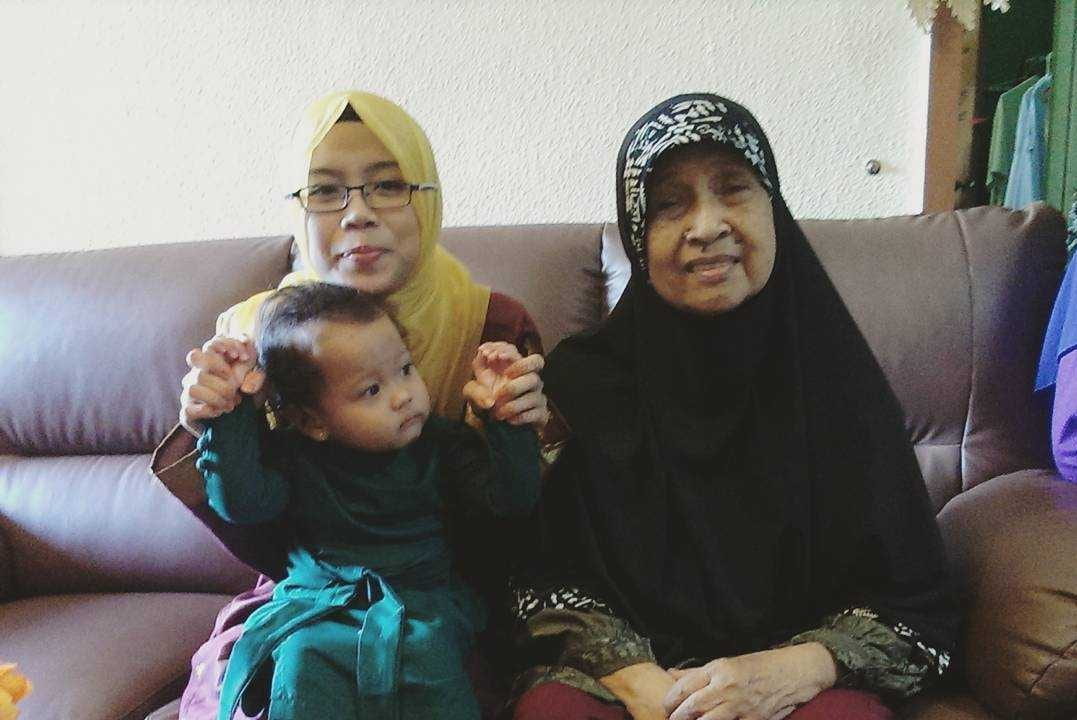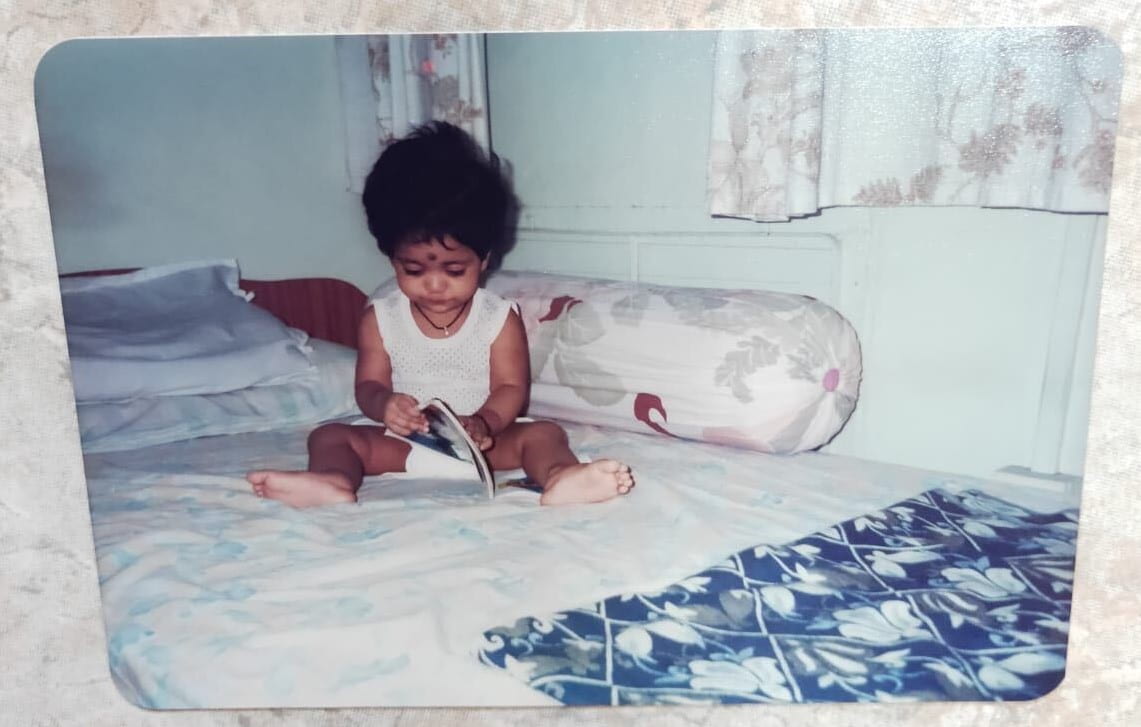
You’ve probably heard that children learn a second language more easily than adults before they reach a certain age. This particular age range is often referred to as the critical period of language acquisition and typically for second language learning, the age cut-off is around the onset of puberty. After this period, learning a second language is said to be harder. There are various reasons as to why younger children have advantages over adults for second language learning including, brain plasticity; a lack of interference from a well-learnt first language; and a stronger desire to speak the same language as their peers. However, a recent study involving more than 680, 000 participants suggests that the critical period may be up to 17-18 years of age.
A recent study…
In 2018, Hartshorne, Tenenbaum, and Pinker conducted a large-scale online study with English speakers. They launched an online quiz called “Games with Words” where participants had to guess if the English sentences presented were grammatically correct.
They wanted to find out the relationship between language proficiency and language ability. Participants were asked their age and how long they had been learning English, what setting did the learning take place in, and if they had they moved to an English-speaking country. Their study attracted over 680,000 people all over the world, and their responses were analysed based on whether they were:
- Monolinguals who grew up speaking in English only
- Immersion learners who either learned English simultaneously with another language since they were really young, or learned it later at an English-dominant setting
- Non-immersion learners who learnt English but spent most of their life after learning, in a non-English speaking country
What did they find?
People do have an advantage for grammar learning when they start early, but people are still good at learning grammar until they reach 17 years old—that’s ten years older than what the typical critical window suggests! Adult learners can still be proficient but not flawlessly fluent, say the researchers. But why does the critical window stop at age 17-18? The researchers think that the causes may be both biological and social. Beyond 17 years of age, most people move away from home, or start college or work, and may not have time to practice or learn a second language. Their results suggest that language immersion helps learners learn better than formal classroom teaching. Lead researcher, Joshua Hartshorne commented, “People who had English classes but had never been to an English-speaking country maxed out (in terms of grammar scores in the quiz) at a much lower level than someone who has had a few years of immersion.”
Language immersion helps learners learn better than formal classroom teaching.
So what does this all mean?
Starting early may still be important in learning languages, but so is getting more exposure and practice earlier on. Parents can provide an immersive second language learning environment by engaging their children in casual conversations, books, movies, songs, YouTube videos etc. Language learning is dynamic and should not be limited to the classroom.
Grandparents, neighbours, relatives, teachers, and friends can all be engaged to create this immersive language learning environment!
For example, a trip to the playground with Ah Gong and Ah Ma can involve learning new Mandarin words to describe things in the neighbourhood. Weekend at Nenek’s house may be a great opportunity for your child to learn how to cook her special lodeh along with all the names of all the ingredients in Malay. Doing grocery shopping with Patti will give your child a chance to learn food terms in Tamil.
Encouraging the use of languages inside the home (e.g. with family) or outside (e.g. with friends) also helps with language learning.
This post was written by our lab member Shaza, and edited by Fei Ting. Shaza watches a lot of anime in hopes of improving her Japanese, while Fei Ting’s TV dramas helped her to learn Korean. What are the other different ways you do to improve your language skills?
References:
Hartshorne, J. K., Tenenbaum, J. B., & Pinker, S. (2018). A critical period for second language acquisition: Evidence from 2/3 million English speakers. Cognition, 177, 263-277.
BOLD: Window for second language learning may remain open for longer









